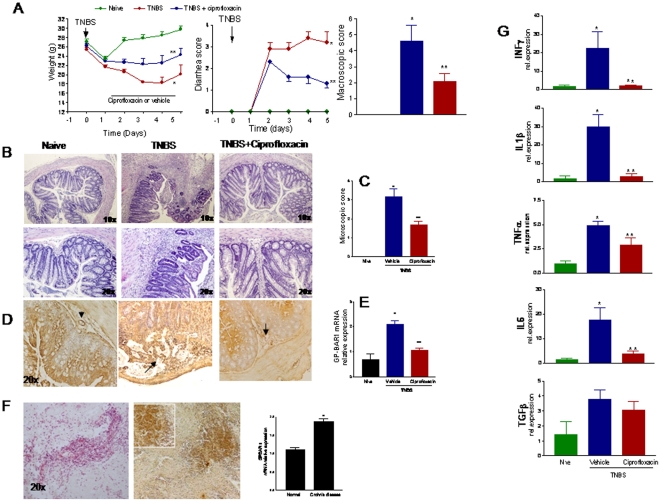Figure 4. Effects of ciprofloxacin on colitis.
Panel A. Systemic administration of ciprofloxacin (30 mg/kg/day) protects against development of signs and symptoms of colitis induced by TNBS in GP-BAR1+/+ mice (n = 6–8; p<0.05 versus naïve). Panel B and C. Ciprofloxacin attenuates histopathology changes induced by TNBS (n = 6–8; p<0.05 versus naïve). Original magnification 10× and 20×. Panel D and E. TNBS colitis associates with a robust influx of GP-BAR1 positive cells into the lamina propria of the colon and increased expression of GP-BAR1 mRNA. Mononuclear cells infiltrating the lamina propria show a robust staining for GP-BAR1 (arrow). This upregulation was partially attenuated by ciprofloxacin. Panel F. Immuno-hisyochemistry and RT-PCR analysis of GP-BAR1 expression in the colon of Crohn's disease patients. n = 6; P<0.05 versus control subjects. Panel G. RT-PCR analysis of expression of signature cytokines in wild type mice exposed to TNBS. Treatment with ciprofloxacin reduces significantly the expression of IL-6, TNF-α, IL-1β and INF-γ mRNAs (n = 6; P<0.05).

